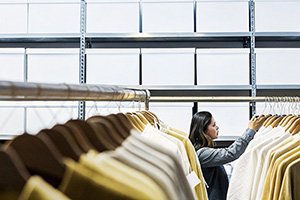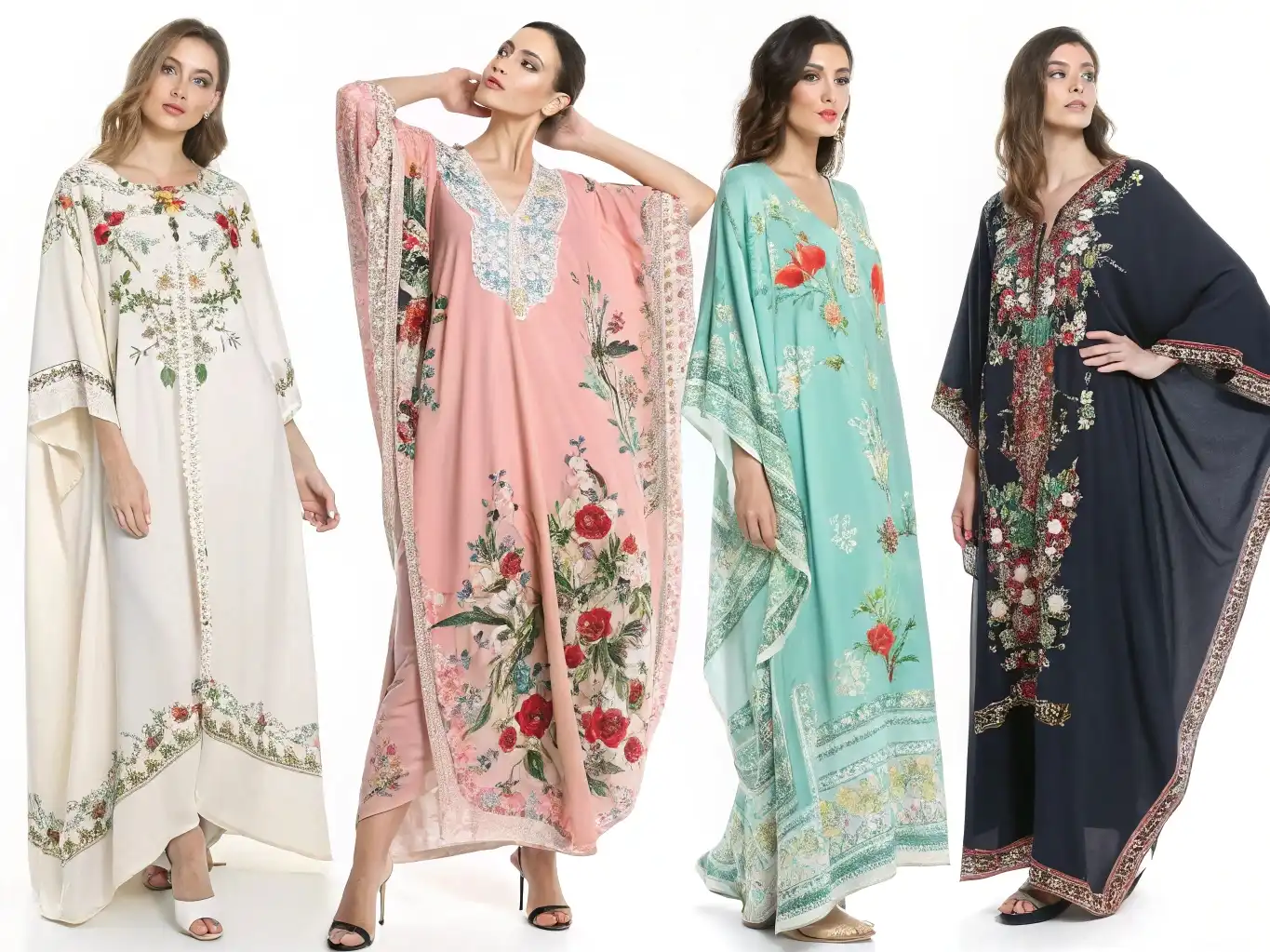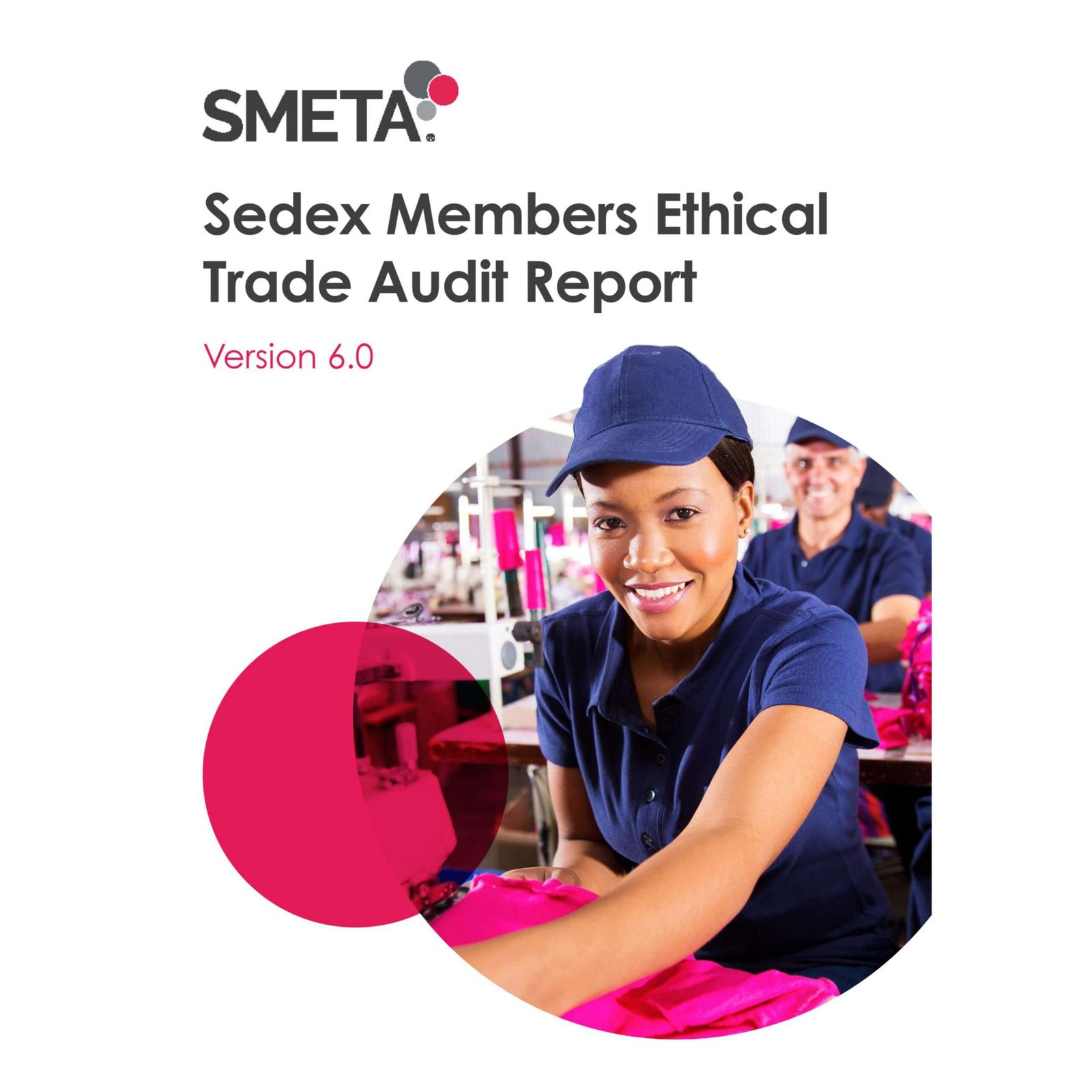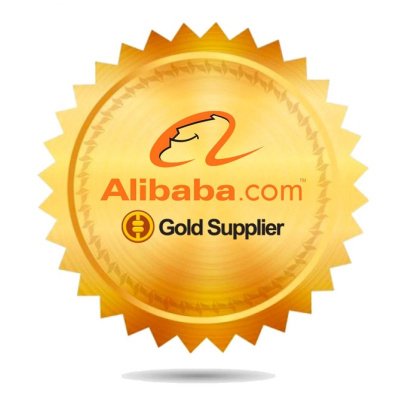Boutiques, unlike mass retailers, carefully curate their product selections. But where do they source these stylish, small-batch collections? Whether you’re launching your own boutique or looking to enter that market as a manufacturer, understanding their supply chain is critical.
Most boutiques get their clothes from a combination of wholesale suppliers, independent designers, trade shows, and private label manufacturers.
At Xzapparel, we’ve supplied boutique-ready fashion for years. Here’s a breakdown of how boutique sourcing works.

What are the most common ways boutiques source inventory?
The boutique business model thrives on uniqueness and agility.
Boutiques typically source inventory through online wholesale platforms, trade show events, direct relationships with manufacturers, or by creating exclusive private-label collections.
Key Sourcing Channels
- Wholesale Platforms (e.g., Faire, FashionGo, Joor)
- Trade Shows (MAGIC, Coterie, Who’s Next)
- Independent Designers and Local Makers
- Overseas Manufacturers (like us)
- Upcycled or curated vintage lines
Boutique buyers mix sources to ensure trend variety and quick market response.
Why do boutiques avoid mass-market suppliers?
The boutique identity is tied to originality.
Boutiques steer away from mass suppliers like Shein or Zara to avoid redundancy, protect their margins, and maintain a curated identity.
Reasons to Avoid Mass Suppliers
- Overexposure (same styles everywhere)
- Poor resale margin
- Lack of control over sizing or fit
- No customization options
Instead, they prefer partners who offer flexibility, lower MOQs, and better story alignment.

What do boutiques look for in a fashion supplier?
It’s not just about the price tag.
Boutiques value trend alignment, quality consistency, flexible MOQs, and reliable delivery when selecting suppliers.
Top Boutique Priorities
- Fast turnaround on samples and restocks
- Trend-focused collections (2–3 drops per month)
- Clear sizing and fit standards
- Strong visuals or image packs for e-commerce
- Ethical sourcing and storytelling
We work closely with boutique clients to hit their seasonality and drop schedules.
How do online wholesale marketplaces work?
These platforms have grown rapidly post-COVID.
Wholesale marketplaces like Faire or FashionGo allow boutiques to browse hundreds of brands, filter by style or region, and place small-batch orders.
Marketplace Benefits
- Minimum order as low as $200–$500
- Net 60 payment terms
- Discovery features for new labels
- Shipping consolidated by platform or brand
However, many boutiques graduate from platforms once they identify key vendors.

What role do trade shows play in sourcing?
Trade shows remain a vital source for boutique inventory.
Fashion trade events offer direct interaction with vendors, access to full lines, and trend forecasting through showrooms.
Why Boutiques Attend
- Touch and feel fabrics
- Build supplier relationships
- Exclusive show specials or discounts
- Spot emerging trends early
We often meet boutique clients at MAGIC, where they test small orders before deeper engagement.
Can boutiques develop exclusive designs?
Yes—and it’s becoming more common.
Boutiques may work with small factories to produce capsule collections under their own branding—especially when they gain enough customer insight.
Benefits of Exclusive Designs
- Brand loyalty and identity
- Full control over pricing and design
- Protection from competitors copying looks
At Xzapparel, we support boutiques with low-MOQ custom lines and style modifications.

How do boutiques manage seasonal and trend risks?
Timing is everything.
Boutiques mitigate trend risk by placing smaller, faster-turnaround orders and reacting quickly to customer feedback.
Strategy Overview
- Order fewer SKUs in initial drop
- Use waiting lists and pre-orders to gauge demand
- Rotate fresh styles every 3–4 weeks
Suppliers who offer speed and responsiveness gain boutique loyalty.
How do boutiques balance cost and margin?
They aren’t driven by volume like big chains.
Boutiques look for wholesale prices that allow for 2.5x–3x markups while ensuring quality that supports premium perception.
Margin Management Tips
- Avoid over-discounting
- Use bundling or styling to increase AOV
- Invest in styling visuals to support value perception
We help our clients by delivering consistent sizing and premium-feel finishes to justify retail pricing.
Conclusion
Boutiques build their collections through a smart mix of curated wholesale, designer partnerships, private label production, and trade show sourcing. Reliability, flexibility, and fashion sensitivity matter more than mass scale.
At Xzapparel, we specialize in manufacturing styles that help boutiques stand out.









